TMS5704357BZWTQQ1 Microcontroller: Datasheet, Pinout, Features and Application
Microcontrollers play a crucial role in embedded systems, where they are used to control various functions of a device or system. The TMS5704357BZWTQQ1 is a common microcontroller, and it incorporates a high-performance ARM Cortex-R5F core, advanced peripherals, and safety features. It builds upon decades of innovation in the field of microcontroller design, catering to the demanding requirements of modern automotive, industrial applications, consumer electronics, and medical devices, among others. In this article, we provide an overview of the TMS5704357BZWTQQ1, exploring its features, pinout, applications, datasheet, and more details.

TMS5704357BZWTQQ1 Description
The TMS5704357BZWTQQ1 is part of the Hercules TMS570 series, which consists of high-performance, automotive-grade MCUs based on the ARM Cortex-R architecture.
Equipped with on-chip diagnostic capabilities, this MCU includes dual CPUs operating in lockstep mode, Built-In Self-Test (BIST) logic for CPUs and N2HET coprocessors, and ECC protection on various memory types. It also supports ECC or parity protection on peripheral memories and loopback capability on peripheral I/Os.
Featuring two ARM Cortex-R5F floating-point CPUs operating in lockstep mode, the TMS5704357BZWTQQ1 offers efficient performance of 1.66 DMIPS/MHz, with a maximum speed of 300 MHz and up to 498 DMIPS. The device supports the big-endian [BE32] format.
With 4MB of integrated flash and 512KB of data RAM, the TMS5704357BZWTQQ1's flash memory is nonvolatile, electrically erasable, and programmable, with a 64-bit-wide data bus interface. The flash operates on a 3.3-V supply input for all operations, while the SRAM supports various access modes.
For real-time control applications, the TMS5704357BZWTQQ1 offers peripherals such as two N2HET timing coprocessors with up to 64 I/O terminals. With its safety features and communication peripherals, this MCU is suitable for high-performance real-time control applications with safety-critical requirements.
TMS5704357BZWTQQ1 Pinout
The TMS5704357BZWTQQ1, a 16/32-bit RISC Flash MCU from Texas Instruments, features 337 pins, including headers, receptacles, and female sockets. These pins play crucial roles in facilitating connections and functionality within electronic circuits.
- Headers: The headers on the TMS5704357BZWTQQ1 are designed to provide a robust and reliable interface for connecting external devices or components. They are typically used for communication purposes, such as UART, SPI, I2C, or general-purpose I/O. Headers ensure that signals are transmitted accurately and efficiently between the MCU and external components.
- Receptacles: Receptacles on the TMS5704357BZWTQQ1 are female connectors that receive male pins or headers from external devices. They are designed to provide a secure and stable connection, preventing accidental disconnection or signal loss. Receptacles are commonly used for power supply connections, sensor interfaces, or communication ports.
- Female Sockets: Female sockets on the TMS5704357BZWTQQ1 are similar to receptacles but are designed to receive male pins or headers from other components or devices. They are commonly used for connecting external peripherals, such as displays, memory modules, or expansion boards. Female sockets ensure a reliable and stable connection, enabling seamless communication between the MCU and external components.
TMS5704357BZWTQQ1 Features
High-Performance Automotive-Grade: The TMS5704357BZWTQQ1 is designed to meet the demanding requirements of automotive applications, providing high performance and reliability.
ARM® Cortex®-R5F 32-Bit RISC CPU: This microcontroller is powered by a 32-bit RISC CPU based on the ARM Cortex-R5F architecture, offering efficient processing capabilities.
Operating Conditions: The TMS5704357BZWTQQ1 can operate at CPU clock speeds of up to 300 MHz. It requires a core supply voltage (VCC) ranging from 1.14 to 1.32 V and an I/O supply voltage (VCCIO) of 3.0 to 3.6 V.
Integrated Memory With ECC: The microcontroller features integrated memory with Error Correction Code (ECC) protection, ensuring data integrity and reliability.
16-Bit External Memory Interface (EMIF): It includes a 16-bit external memory interface, allowing for easy connection to external memory devices.
Hercules™ Common Platform Architecture: The TMS5704357BZWTQQ1 is built on the Hercules Common Platform Architecture, providing a standardized platform for developing automotive applications.
Direct Memory Access (DMA) Controller: This controller allows for efficient data transfer between memory and peripherals, reducing CPU overhead.
Frequency-Modulated Phase-Locked Loop (FMPLL) With Built-In Slip Detector: The microcontroller features an FMPLL with a built-in slip detector, ensuring stable and accurate clock generation.
Advanced JTAG Security Module (AJSM): The AJSM provides enhanced security features for protecting the microcontroller against unauthorized access and attacks.
Trace and Calibration Capabilities: The TMS5704357BZWTQQ1 includes ETM™, RTP, DMM, and POM capabilities for advanced trace and calibration functions.
Multiple Communication Interfaces: It offers multiple communication interfaces, making it suitable for a wide range of automotive applications.
Two Next-Generation High-End Timer (N2HET) Modules: These modules provide advanced timing capabilities essential for real-time control applications.
Two 12-bit Multibuffered Analog-to-Digital Converter (MibADC) Modules: The microcontroller features two MibADC modules, allowing for precise analog-to-digital conversion.
Enhanced Timing Peripherals: It includes enhanced timing peripherals, enhancing its capabilities in real-time control applications.
Three On-Die Temperature Sensors: The TMS5704357BZWTQQ1 features three on-die temperature sensors, ensuring optimal thermal management.
Up to 145 Pins Available for General-Purpose I/O (GPIO): The microcontroller offers up to 145 pins for general-purpose I/O, providing flexibility in system design.
16 Dedicated GPIO Pins With External Interrupt Capability: It features 16 dedicated GPIO pins with external interrupt capability, allowing for efficient handling of external events.
TMS5704357BZWTQQ1 Specifications
| Type | Parameter |
|
Core Processor
|
ARM® Cortex®-R5F
|
| Program Memory Size | 4 MB |
|
Core Size
|
32-Bit Dual-Core
|
| Speed | 300MHz |
| Data Bus Width | 32 bit |
| ADC Resolution | 12 bit |
| Number of I/O | 145 |
|
EEPROM Size
|
128K x 8
|
| RAM Size | 512K x 8 |
| Supply voltage (VCC) | 1.14V ~1.32 V |
| Supply voltage (VCCIO) | 3V ~ 3.6V |
| Operating Temperature | -40°C ~ 125°C |
| Connectivity | CANbus, EBI/EMI, Ethernet, FlexRay, I2C, LINbus, MibSPI, SCI, SPI, UART/USART |
| Package / Case | NFBGA-337 |
Absolute Maximum Ratings

TMS5704357BZWTQQ1 Functional Block Diagram

How Does the TMS5704357BZWTQQ1 Enhance Security
The TMS5704357BZWTQQ1 microcontroller is equipped with a range of security features designed to protect against various types of attacks and ensure the integrity of embedded systems. These features include:
- Secure Boot: The microcontroller supports secure boot functionality, ensuring that only authenticated code is executed during the boot process. This helps prevent unauthorized firmware modifications and ensures the system's integrity.
- Encryption: The TMS5704357BZWTQQ1 includes hardware-accelerated encryption engines for AES-128, AES-192, and AES-256, allowing for secure data transmission and storage.
- Secure Debugging: The microcontroller features secure debugging capabilities, including authentication and encryption of debug communications, to prevent unauthorized access to the debugging interface.
- Secure Storage: The TMS5704357BZWTQQ1 includes secure storage areas, such as OTP (One-Time Programmable) memory, for storing sensitive information, such as encryption keys and secure boot parameters.
Benefits of Using the TMS5704357BZWTQQ1
The TMS5704357BZWTQQ1 offers several benefits and advantages that make it an attractive choice for users:
- Improved Efficiency and Productivity: The microcontroller's high-performance ARM Cortex-R5F 32-bit RISC CPU, operating at speeds up to 300 MHz, ensures fast and efficient processing, enhancing overall system efficiency and productivity.
- Enhanced System Performance and Reliability: With integrated memory featuring ECC protection, along with advanced timing peripherals and communication interfaces, the TMS5704357BZWTQQ1 delivers enhanced system performance and reliability, critical for automotive applications.
- Cost-effectiveness and ROI for Users: Despite its advanced features and capabilities, the TMS5704357BZWTQQ1 remains cost-effective, offering a favorable return on investment (ROI) for users. Its integration of safety features and a wide choice of communication and control peripherals also contribute to its cost-effectiveness and overall value proposition.
TMS5704357BZWTQQ1 Application
Braking Systems (Antilock Brake Systems and Electronic Stability Control)
In automotive braking systems, the TMS5704357BZWTQQ1 plays a crucial role in implementing antilock brake systems (ABS) and electronic stability control (ESC) systems. These systems help improve vehicle safety by preventing wheel lockup during braking and enhancing vehicle stability during sudden maneuvers.
Electric Power Steering (EPS)
The TMS5704357BZWTQQ1 is used in electric power steering systems to provide precise and responsive steering control. The microcontroller's fast processing speed and integrated peripherals make it ideal for implementing EPS systems, which offer improved steering feel and efficiency compared to traditional hydraulic systems.
HEV and EV Inverter Systems
In hybrid electric vehicle (HEV) and electric vehicle (EV) inverter systems, the TMS5704357BZWTQQ1 controls the power electronics that manage the flow of electric power between the vehicle's battery and motor. The microcontroller's high-performance capabilities ensure efficient power conversion and management, helping improve the overall efficiency and performance of HEV and EV systems.
Battery-Management Systems
The TMS5704357BZWTQQ1 is also used in battery-management systems (BMS) to monitor and control the charging and discharging of batteries in electric vehicles and other battery-powered systems. The microcontroller's integrated features and communication interfaces make it well-suited for implementing BMS functions, ensuring the safe and efficient operation of the battery system.
Active Driver Assistance Systems
In active driver assistance systems (ADAS), the TMS5704357BZWTQQ1 is used to implement advanced safety features such as adaptive cruise control, lane-keeping assist, and automatic emergency braking. The microcontroller's high-speed processing and integrated peripherals enable the real-time processing of sensor data and the implementation of complex control algorithms, enhancing vehicle safety and convenience.
Aerospace and Avionics
The TMS5704357BZWTQQ1 is also used in aerospace and avionics applications, where its high reliability and performance are critical. The microcontroller's robust design and features make it suitable for use in flight control systems, engine control systems, and other avionics applications where safety and reliability are paramount.
Railway Communications
In railway communications systems, the TMS5704357BZWTQQ1 implements control and monitoring functions for railway signaling, communication, and control systems. The microcontroller's high-performance capabilities and communication interfaces make it well-suited for use in railway applications, where reliability and safety are essential.
Off-road Vehicles
The TMS5704357BZWTQQ1 is used in off-road vehicles such as construction equipment, agricultural machinery, and recreational vehicles to implement control and monitoring functions for engine management, hydraulic systems, and other vehicle systems. The microcontroller's rugged design and high-performance features make it suitable for use in harsh environments where reliability and durability are crucial.
TMS5704357BZWTQQ1 Package

TMS5704357BZWTQQ1 Datasheet
Download TMS5704357BZWTQQ1 Datasheet PDF.
How to Use the TMS5704357BZWTQQ1 Safely
1. Circuit Design Considerations
When designing circuits with the TMS5704357BZWTQQ1 microcontroller, several key considerations should be kept in mind:
- Power Supply: Ensure that the power supply meets the voltage and current requirements of the microcontroller and any peripherals. Use decoupling capacitors to filter out noise and ensure stable power delivery.
- Clock Source: Use a reliable and accurate clock source to drive the microcontroller. Consider using an external crystal oscillator or clock module for precise timing requirements.
- Peripheral Interfacing: Carefully design the interfaces between the microcontroller and external peripherals, such as sensors, actuators, and communication modules. Follow the recommended interface guidelines provided in the datasheet.
2. PCB Layout Guidelines
- Signal Integrity: Pay attention to signal integrity issues, such as impedance matching, signal routing, and minimizing noise. Use proper grounding techniques to reduce interference.
- Component Placement: Place components, including the microcontroller and other ICs, strategically on the PCB to minimize signal paths and reduce crosstalk. Follow the recommended layout guidelines provided in the datasheet.
- Heat Dissipation: Ensure that the PCB layout allows for proper heat dissipation from the microcontroller and any heat-generating components. Use thermal vias and heat sinks as necessary.
3. Designing for Reliability and Longevity
- Component Selection: Choose high-quality components with a proven track record for reliability. Ensure that components are rated for the expected operating conditions and have sufficient margins.
- Environmental Considerations: Consider the operating environment of the system, including temperature, humidity, and vibration. Design the PCB and enclosure to protect the microcontroller from environmental hazards.
- Testing and Validation: Thoroughly test and validate the design to ensure that it meets the required specifications and is reliable under all expected operating conditions.
By following these guidelines, designers can ensure that their circuits using the TMS5704357BZWTQQ1 microcontroller are reliable, performant, and have a long operational lifespan.
Conclusion
In conclusion, the TMS5704357BZWTQQ1 microcontroller stands out as a powerful and versatile solution for automotive and industrial applications. Its flexible architecture and comprehensive feature set make it an attractive choice for developers. With advanced features such as high performance, integrated safety mechanisms, and extensive peripheral options, it is a compelling choice for those seeking to design robust and reliable systems. The TMS5704357BZWTQQ1 is sure to play a key role in shaping the future of embedded systems.
Read More
FAQ
-
What is TMS570?
The TMS570 is a family of microcontrollers from Texas Instruments designed for automotive applications and meets safety standards. It includes options with ARM Cortex-R4 and ARM Cortex-R5 cores.
-
What development tools are recommended for working with the TMS5704357BZWTQQ1?
HALCoGen configuration tool, Code Composer Studio IDE, and various evaluation boards and debug probes.
-
What is HALCoGen?
HALCoGen is short for Hardware Abstraction Layer Code Generator. It enables users to create low-level drivers for component modules on Hercules™ microcontrollers.
-
What is arm cortex r5f?
The Arm Cortex-R5F is a mid-range CPU designed for real-time systems, utilizing the Arm v7-R architecture. It is a dual-core microcontroller unit (MCU) that provides real-time control and security at speeds of up to 400 MHz.

 Prof. David Reynolds
Prof. David Reynolds
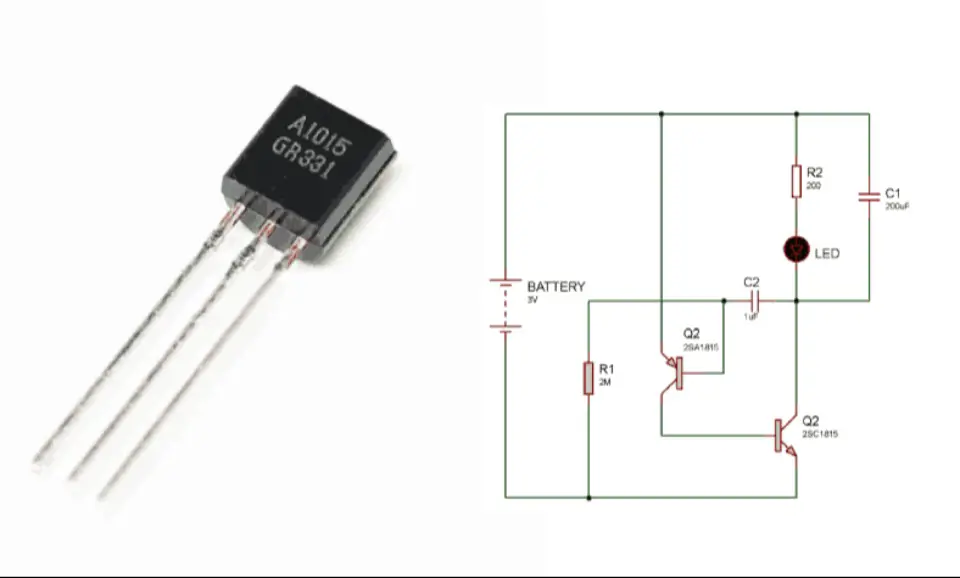
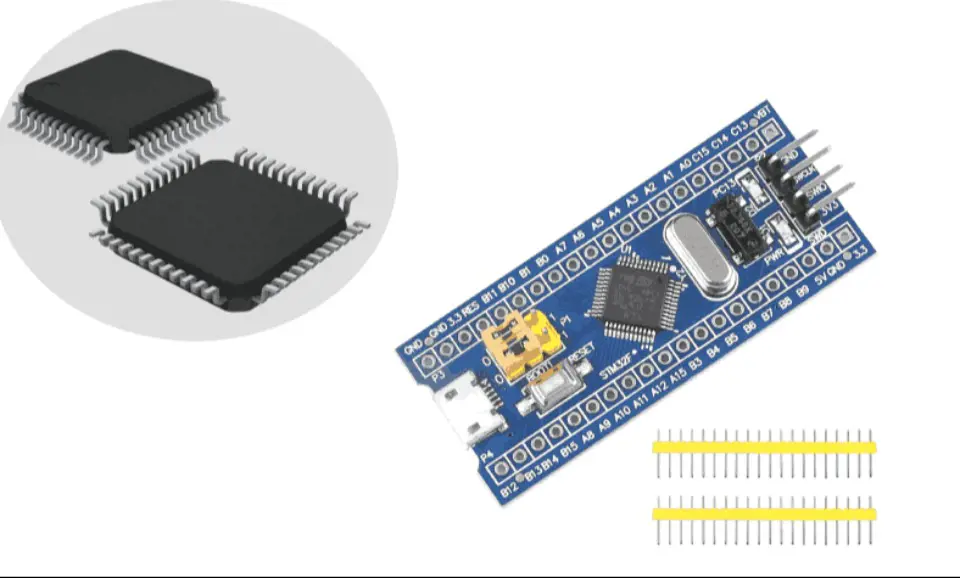
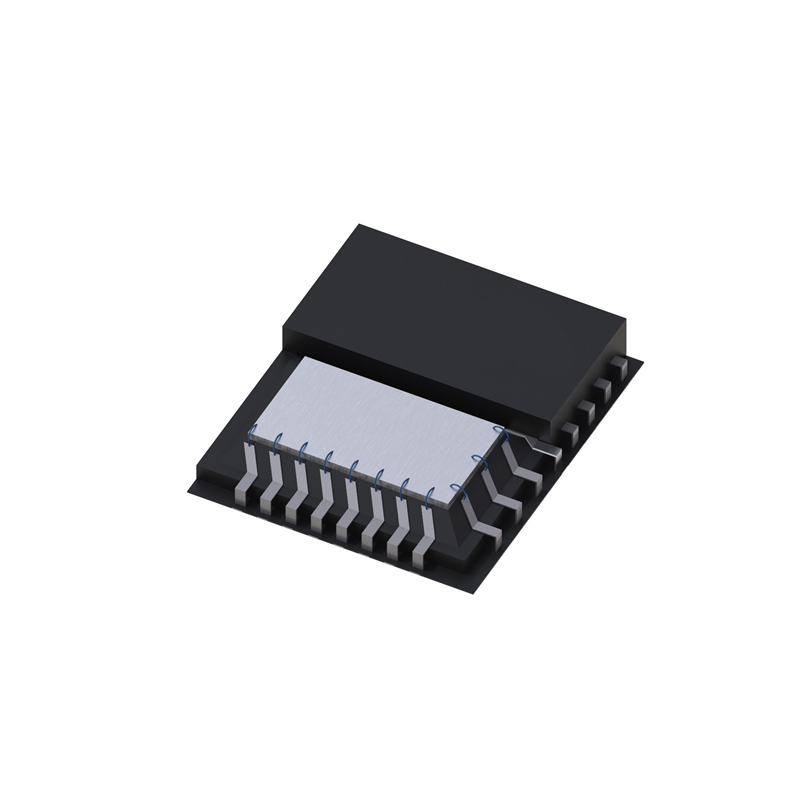
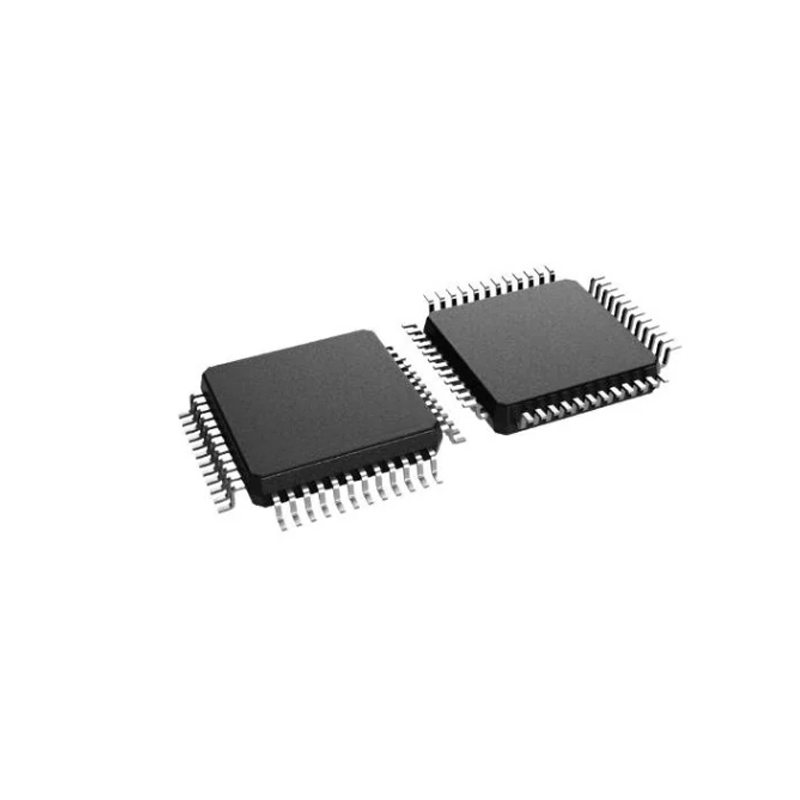
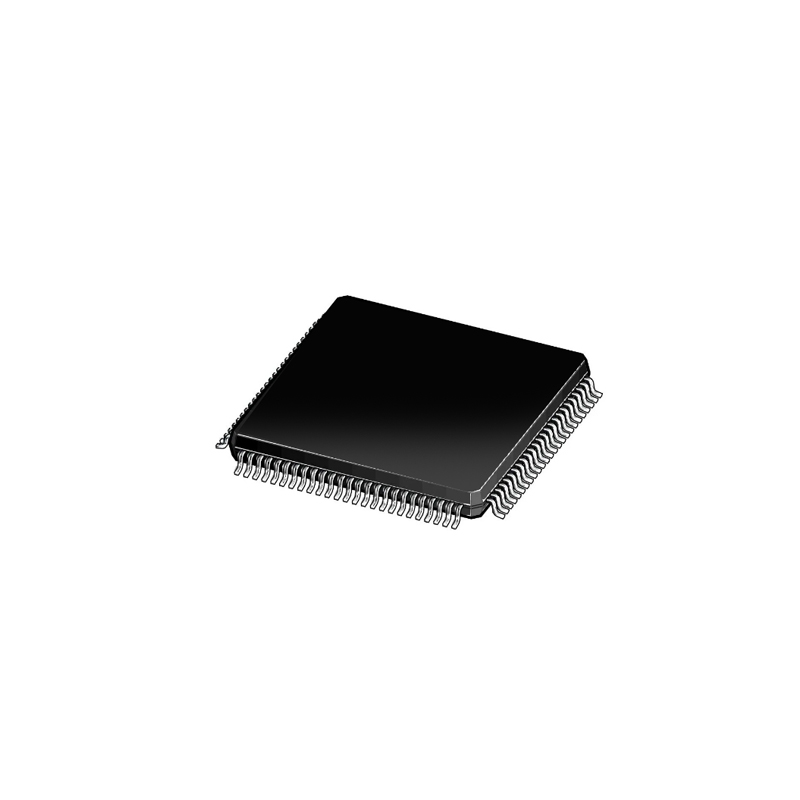
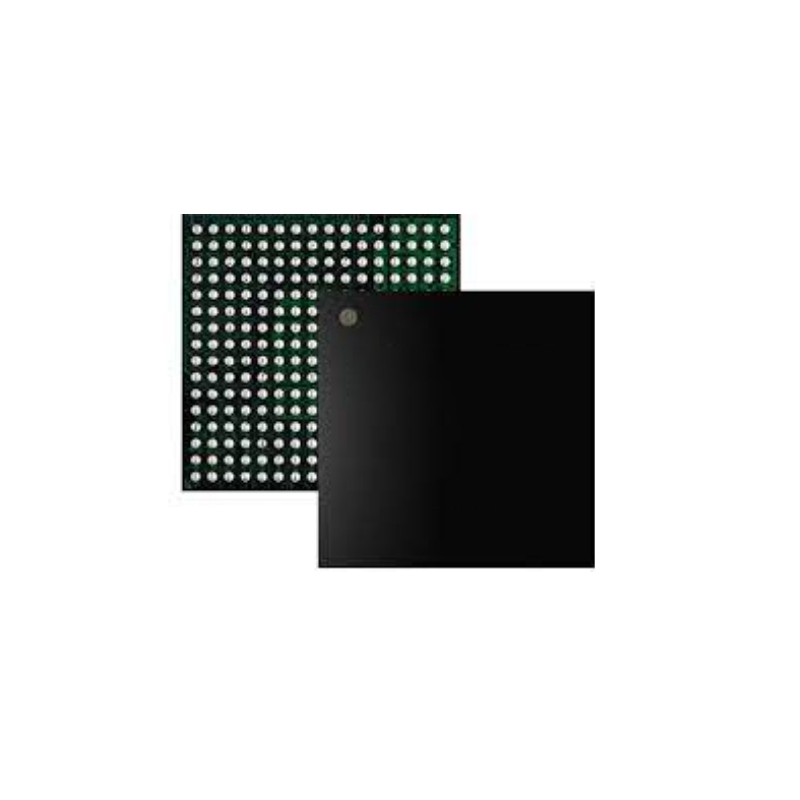
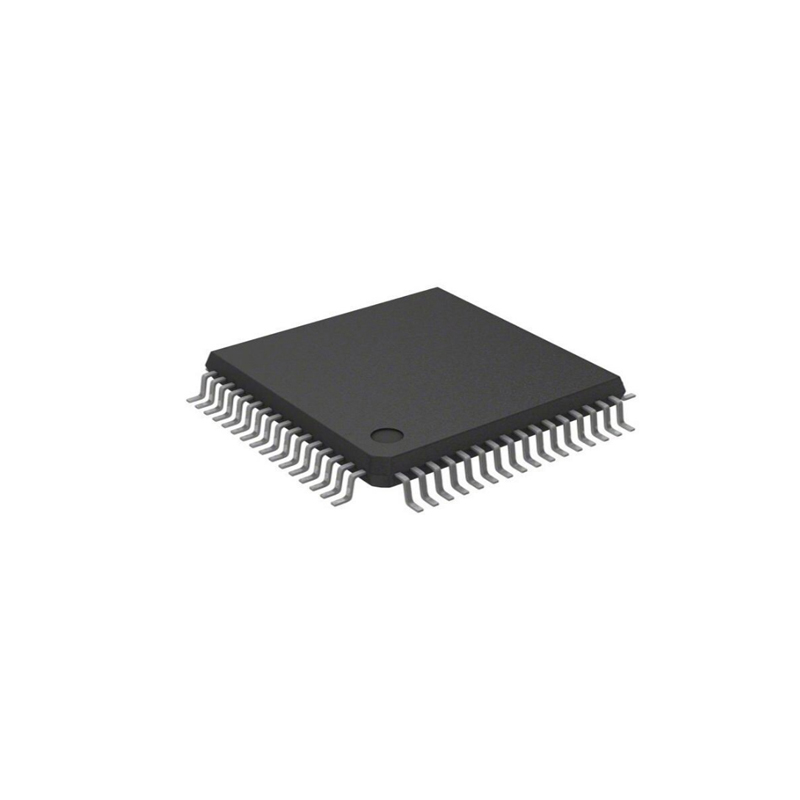
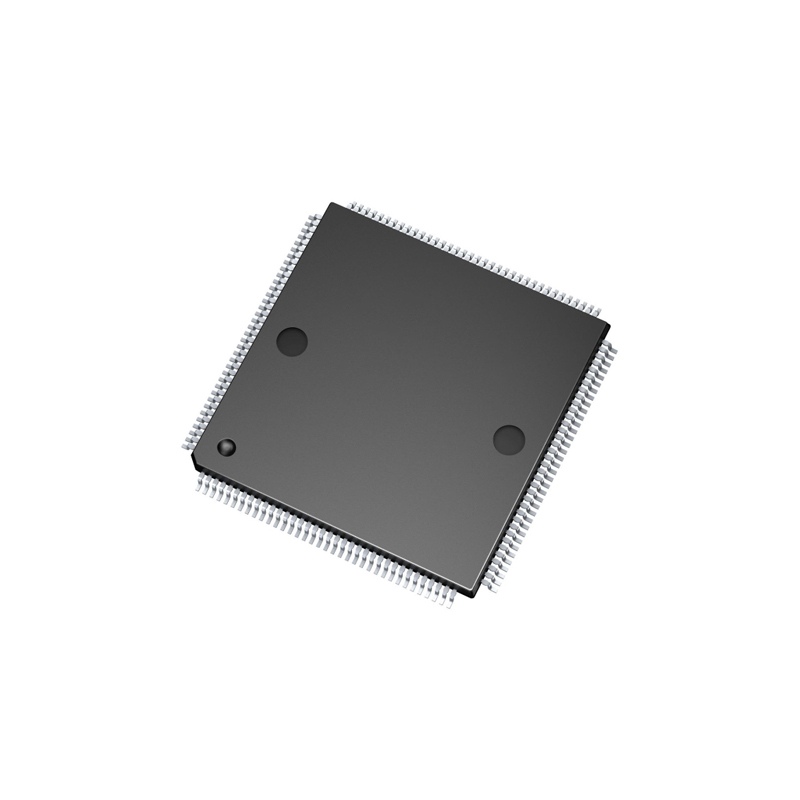

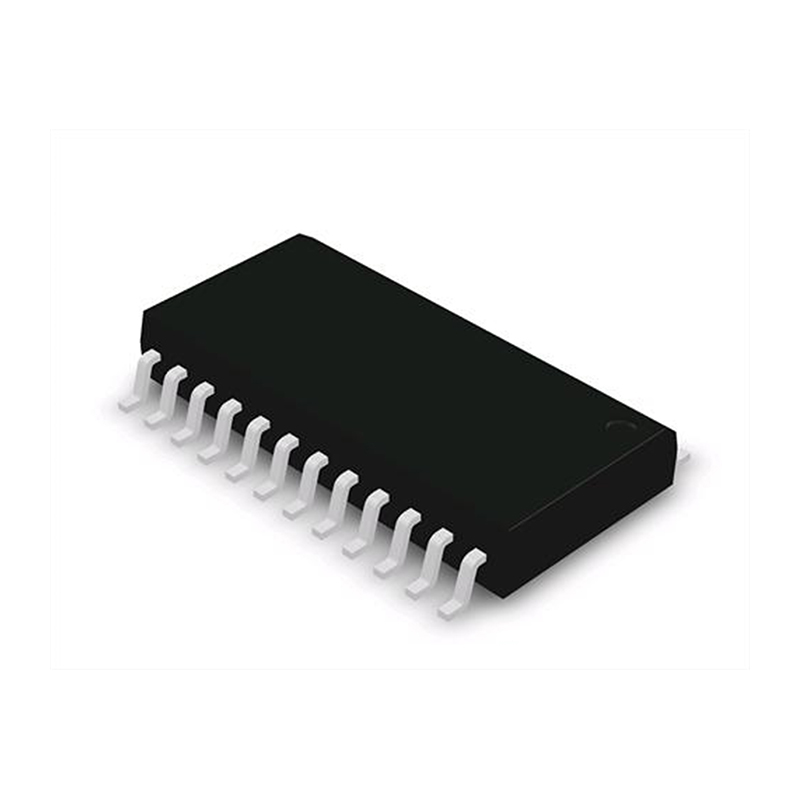
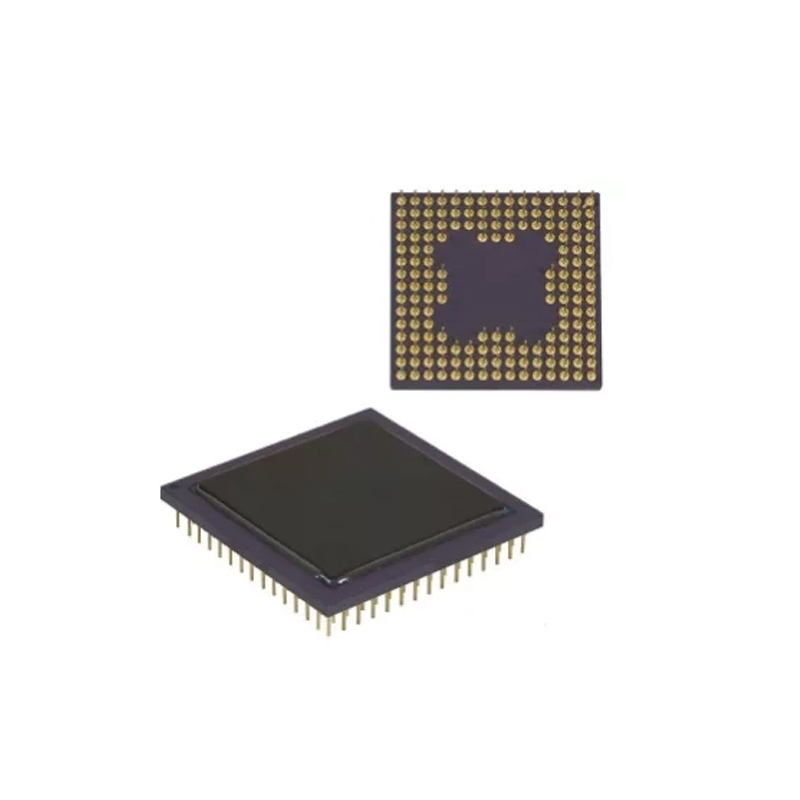
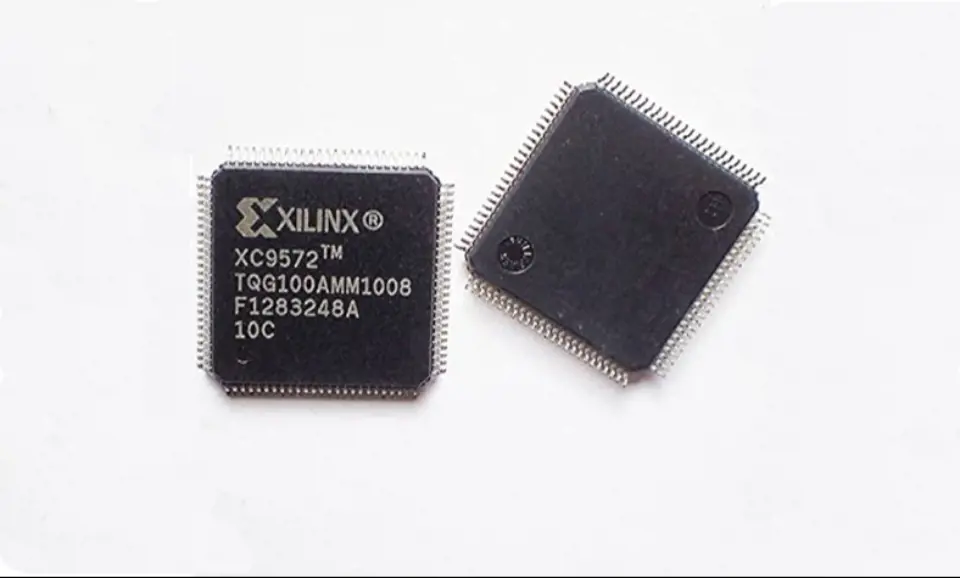
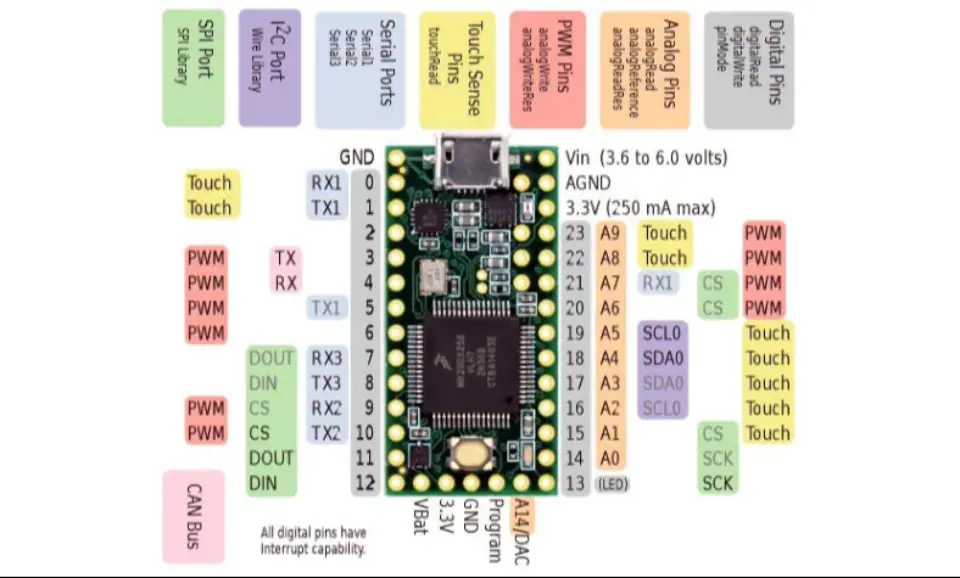
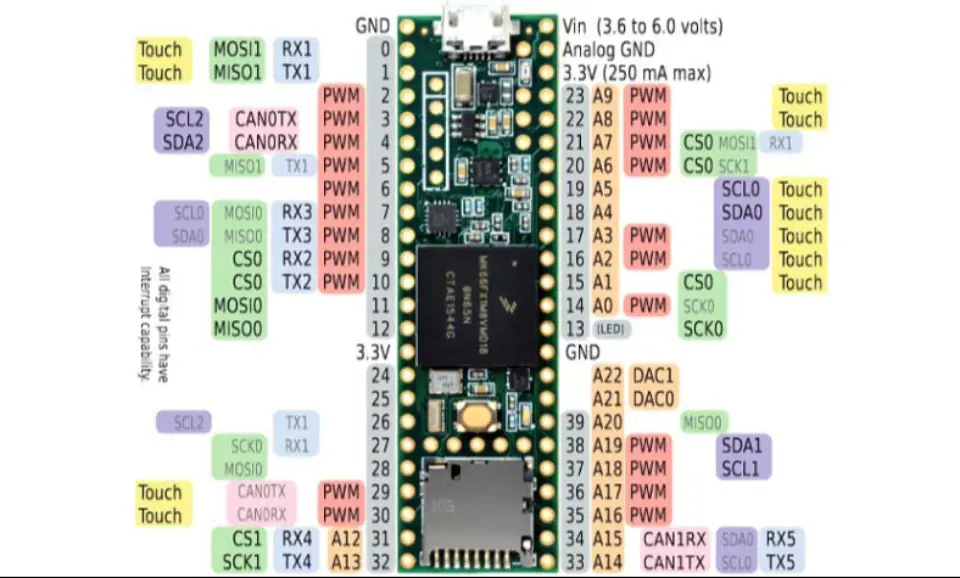
Still, need help? Contact Us: [email protected]